Creation and preservation are widely considered the two essential features of existence. In Hindu mythology, Brahma and Vishnu are synonymous with these features respectively. Along with Shiva, the deity associated with destruction, they form the trio widely known as the Trimurti.
Both Brahma and Vishnu are supremely powerful deities with powers surpassing most other beings within the Hindu Pantheon. Brahma is attributed with the creation of the universe, while Vishnu preserves it by restoring balance when it becomes chaotic and is interfered with by evil forces. The popularity of Brahma has reduced significantly over time while Vishnu remains a very popular deity in Indian Mythology with a significant number of followers. Vishnu’s major incarnations (Rama and Krishna) are also very popular and have culturally survived through retellings of stories and the two epics – Ramayana and Mahabharatha.
Despite similarities between the two deities across depictions of the Hindu Pantheon, there are also significant differences between the two. Here are a few criteria that set them apart.
What is the Difference Between Brahma and Vishnu, Really?
— Origin Story
Brahma is widely considered to have willed himself into existence, with no prior creator. Several accounts in the Puranas allude to the Hiranya Garbha, a golden egg from which Brahma emerged, creating himself in the process.
However, there are other popular versions of the account of his creation. According to Vaishnava beliefs, curated by the followers of Vishnu, Brahma was created inside a lotus which came out of the navel of Vishnu.
The sect of Shaivism considers Brahma as being born out of Shiva or his parts, while the sect of Shaktism, where followers believe in the goddess Devi, considers Brahma as being created by Devi, like the rest of the universe.
There are several accounts of how Vishnu’s appearance came to be, but in most cases, Vishnu is considered as coming to form along with the other two of the Trimurti.
According to the Vaishnava sect which is centric to Vishnu, he is considered the supreme being and is therefore a creator of himself.
Vishnu is popularly known as the preserver and is assigned with the role of resetting the balance of the world that is upset by evil and chaos. He is therefore born on the earth as an incarnation (avatar) and there are nine widely known avatars that Vishnu is said to have taken so far. One of his avatars, the Kalki avatar is prophesied to occur in the present day (kaliyuga) when the balance is upset by evil.
— Family
Goddess Saraswati is widely considered as the wife of Brahma and is said to contain all his energy of creation, known as Shakti. This also translates to all the knowledge contained in the universe, which is why Saraswati is widely regarded as the goddess of knowledge.
Another account of Brahma, also includes the legend of Gayatri who some believe to be Goddess Saraswati herself. Some stories however, claim that Gayatri is another wife of Brahma and that she and Saraswati are different deities.
Goddess Laxmi is considered as the wife of Vishnu and also incarnates in several cases alongside his avatars on earth. Laxmi is considered the goddess of wealth. She is also associated with power, beauty and prosperity.
Several accounts of the Trimurti or Tridev exist, where both Vishnu and Brahma, with Shiva, are likened to being brothers as they are believed to be created together by Devi, in the case of Shaktism or in some cases, by another deity named Niranjan.
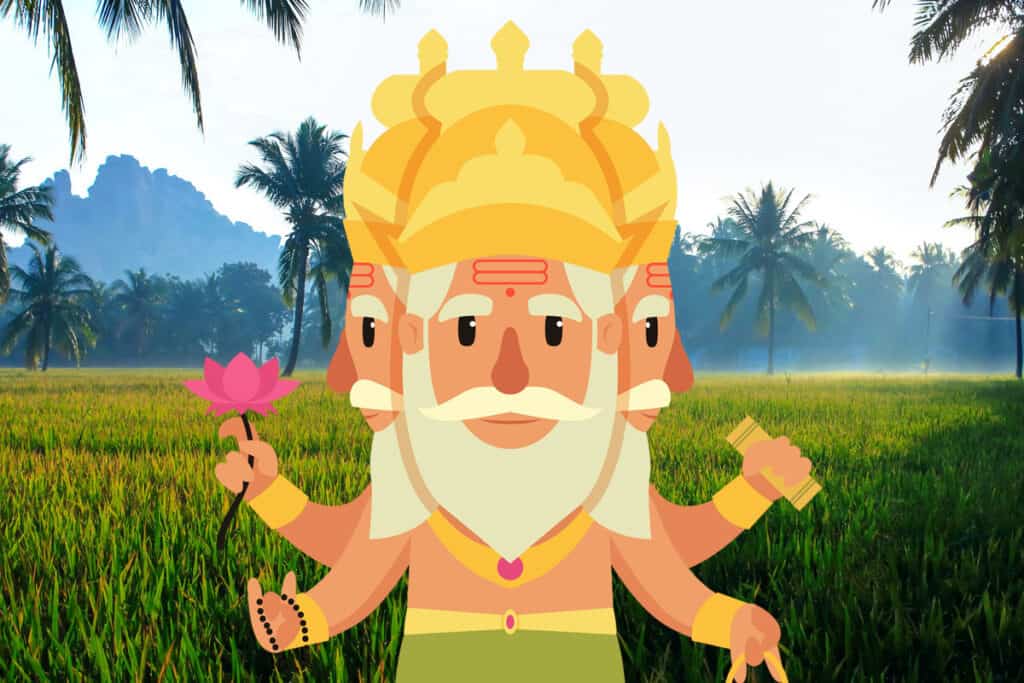
— Appearance
There exist several contradictory accounts of Brahma’s appearance and form.
Some accounts suggest that Brahma is formless (nirguna) and is considered to encompass the entirety of Vedantic Hinduism’s version of metaphysical reality known as the Brahman. A majority of these accounts view Brahma as having form and appearance (saguna).
In his Saguna form, Brahma is depicted as having four heads all facing the four cardinal directions, four hands, and is seated on a lotus flower. His mount or vehicle (vahana) is a swan (hamsa). His four heads are said to represent the four vedas – Rig Veda, Sama Veda, Yajur Veda and Atharva Veda.Most depictions of him show his hands carrying a water pot (kundika), a rosary (akshamala) and a few other things which vary among different accounts.
Vishnu appears as a dark or dark blue skinned anthropomorphic being, who is adorned with a lot of jewelry. Some accounts show him as having four arms, but many others show only two arms. He holds a conch shell (shankha) known as Panchajanya and his weapon is the Sudarshana Chakra (a sharp rotating disc). He is also seen carrying a mace and a lotus in some pictures.
Another depiction of Vishnu involves him laying down sideways, on the coils of Shesha, a serpent usually accompanied by goddess Lakshmi.
His avatars however, are all different from each other in appearance. The most popular of his avatars are the Rama Avatar and Krishna Avatar – two avatars which are crucial protagonists in the two epics of Hindu mythology, The Ramayana and the Mahabharatha.
— Abilities
There exist several variations of what Brahma’s abilities are, but Brahma is predominantly known as being the creator of all things in the universe, and fulfils this role in most narratives that exist in Hindu mythology. Brahma is also considered as imparting all knowledge, through his wife, Saraswati. He is said to possess a very mighty weapon known as the Brahmastra, which causes ultimate destruction to all creation.
He can also grant wishes in the form of a Brahmastra to humans after severe penance, which allow them to vanquish a powerful enemy.
Vishnu is known for being the preserver of all creation and for incarnating on earth and restoring balance to the universe. He uses his weapon, the Sudarshana Chakra on several occasions to fight evil demons.
His human avatars – Rama, Krishna and even Parashurama are known as being very skilled in warcraft and governance. Other avatars like the man-lion (Narasimha) and the fish (Matsya) have their own specific abilities.
Furthermore, he, like the other two deities of the Trimurti, is capable of granting wishes to humans and other gods after penance.

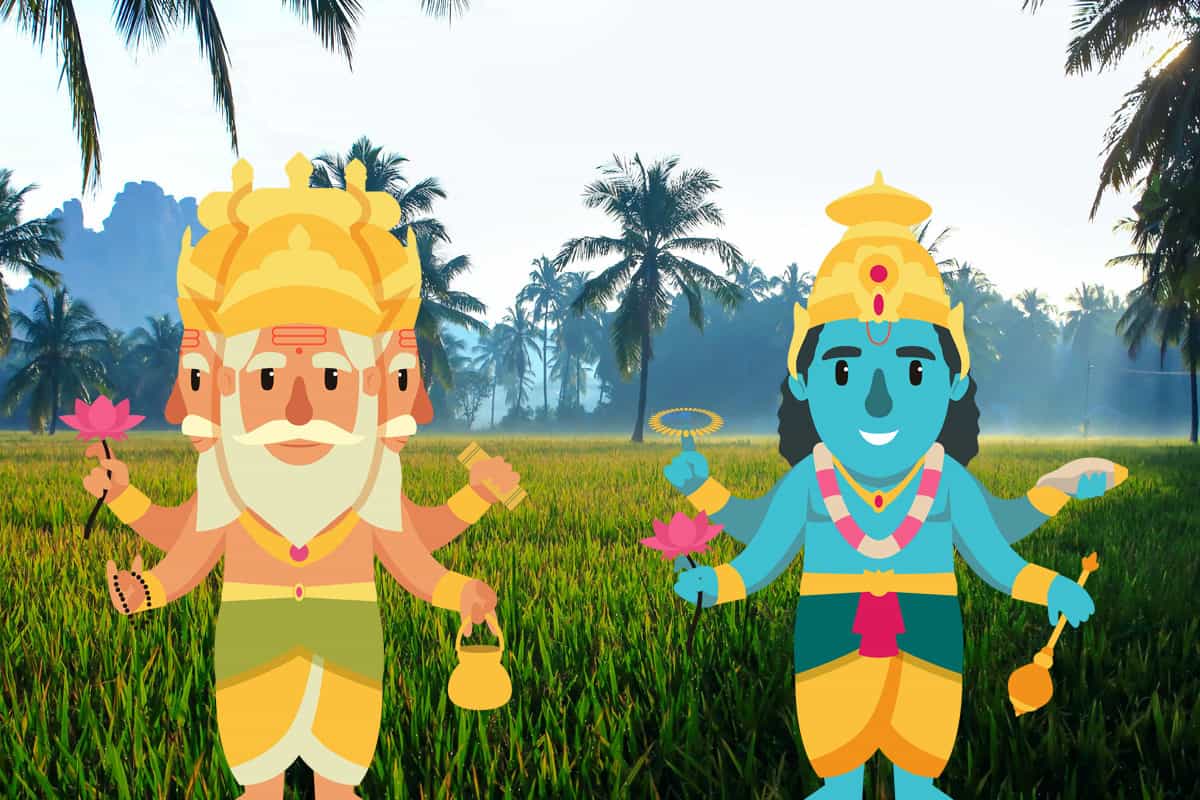
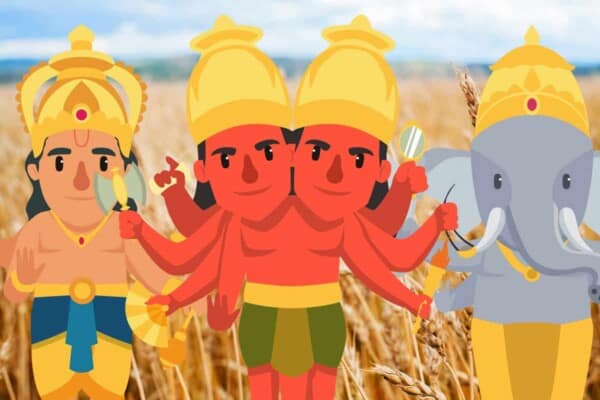
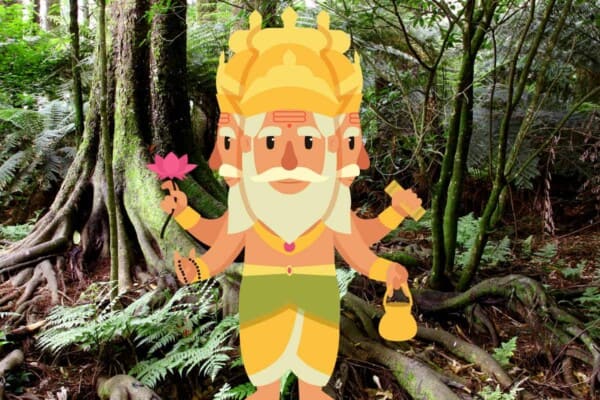
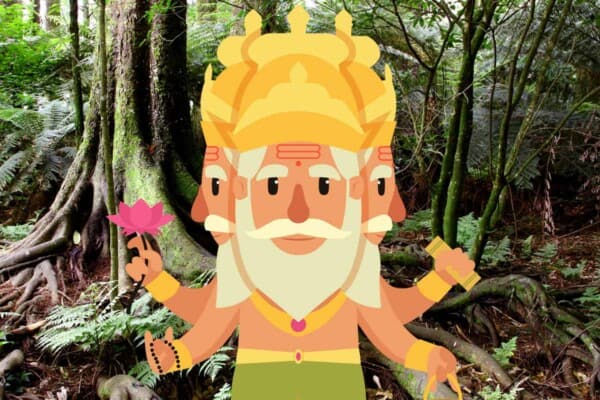
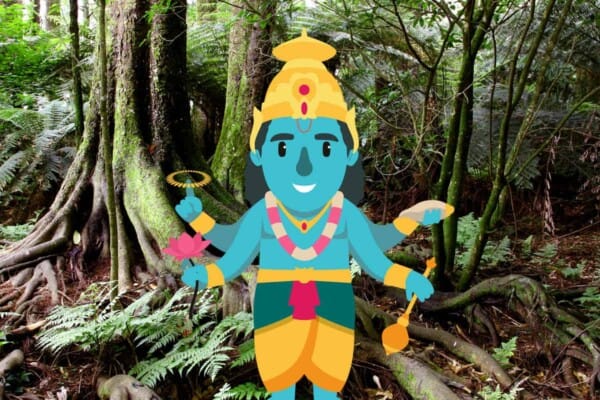
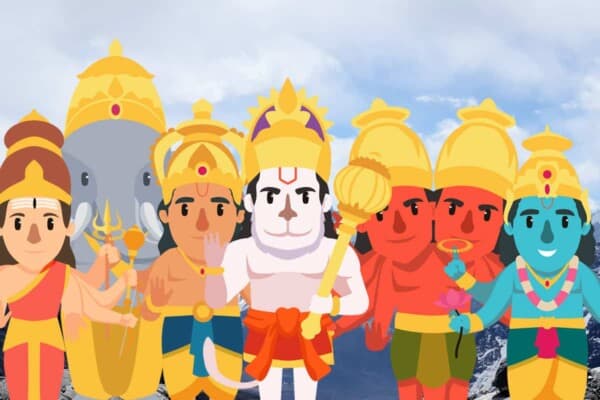
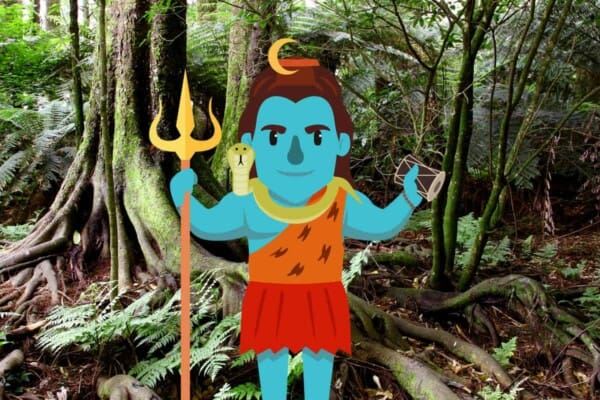
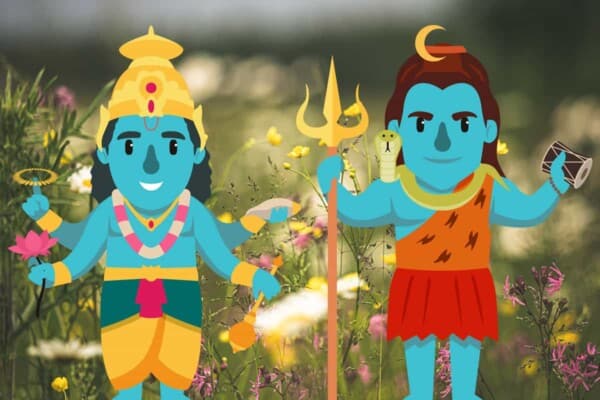
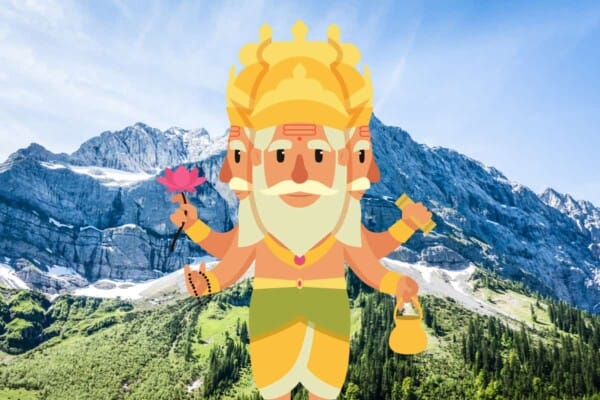
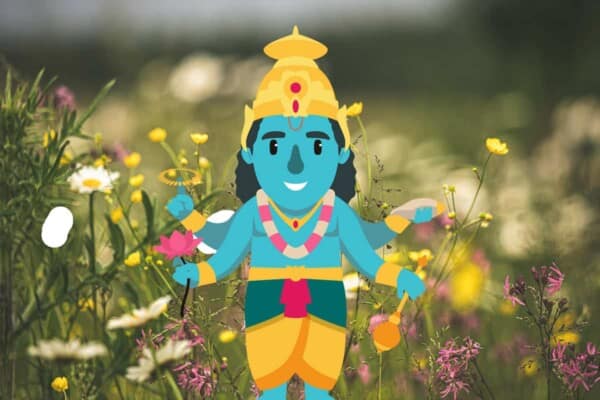
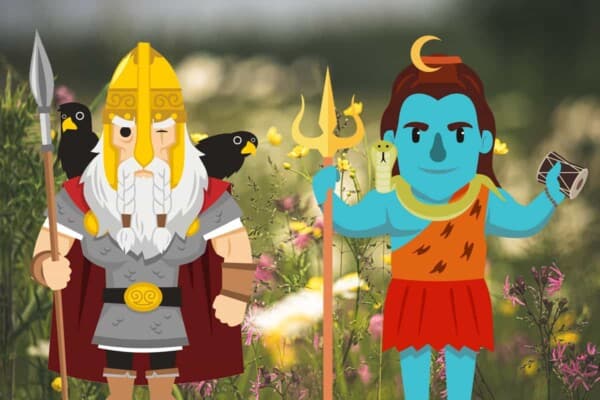
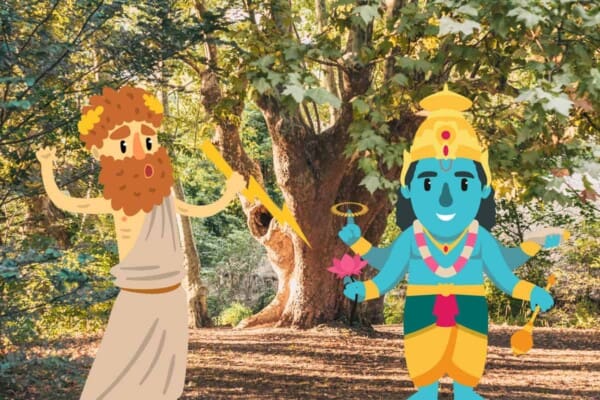
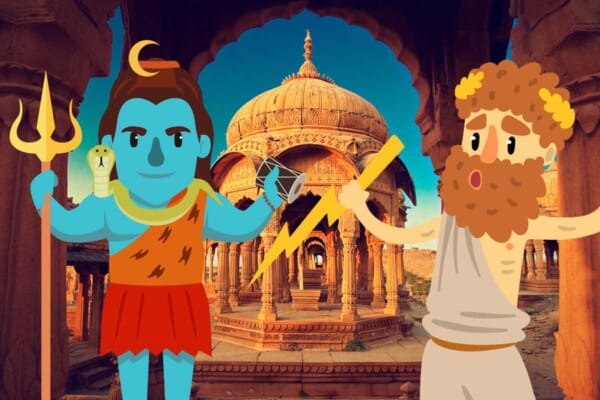
I love the trinity. Bramha, Vishnu and Mahesh. They are one apart from all the tales of their differences. They answer to no-one who is above them.
I, myself is a Vishnu-bhakt. So, I believe that all three Gods, Brahma, Vishnu and Shiv-ji are there only to perform the duties for which we all know them.